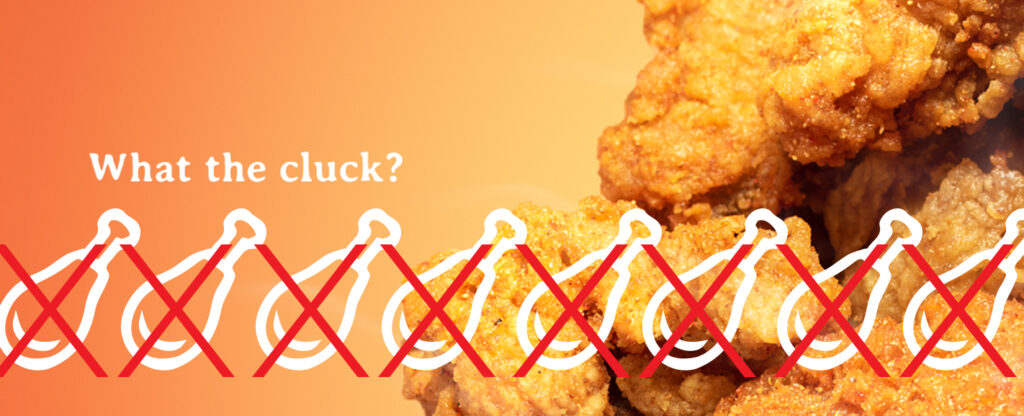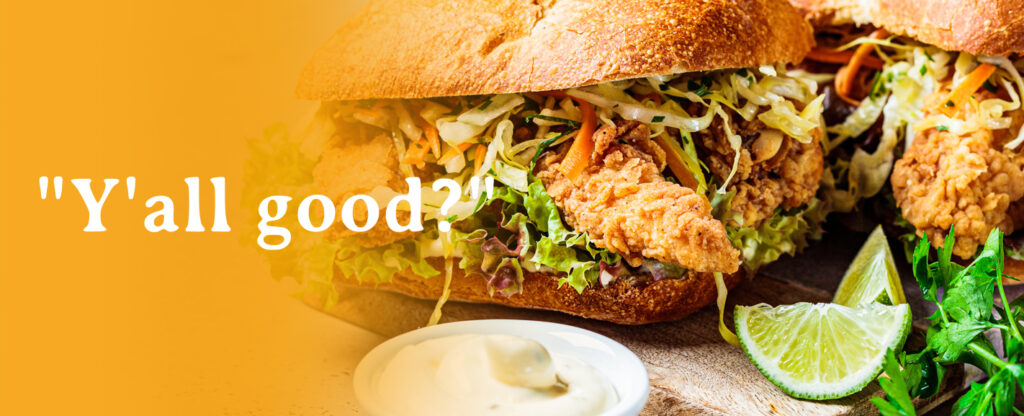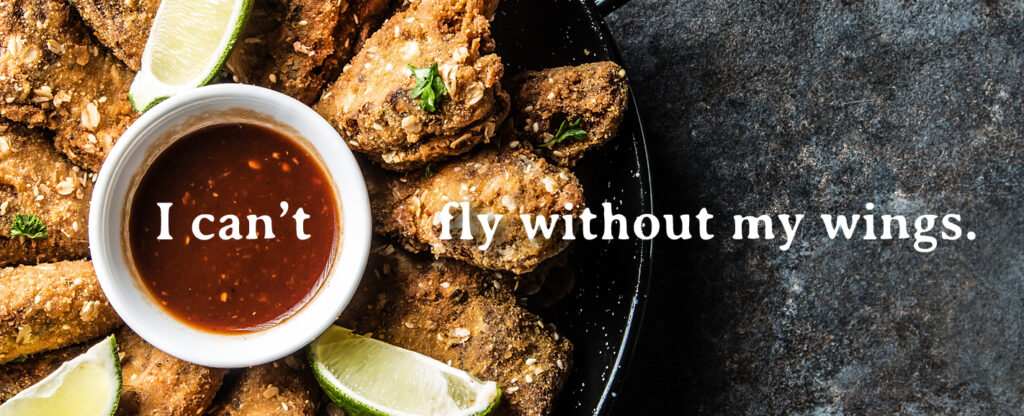Where is the Chicken?
What the Cluck?
Chicken is the most popular meat worldwide. You probably go through hundreds of pounds of it at your restaurant or facility every year. So why is chicken so hard to find right now?
The U.S. is experiencing a shortage of chicken meat because of supply chain issues. With suppliers running low on chicken, restaurants have been forced to raise their prices, which can frustrate customers. So what sparked the chicken shortage, and how long is it going to last?

There is no single cause of the problem. Various factors led to the shortage, and it will take time for each one to become resolved. If you have been frustrated by your inability to find chicken wings for sale, rest assured you are not alone. It’s a perfect storm of problems that all occurred at once. Here is the story behind the U.S. chicken shortage.
What Is Causing the Chicken Shortage?
The chicken shortage marks the culmination of several issues happening at the same time. In addition, the pandemic compounded preexisting problems. The shortage began early in 2021 due to five primary causes.
1. Underperforming Roosters. Seriously…
Breeding is not easy. Producing poultry requires hatching a lot of eggs, and this year one major chicken supplier took a gamble on a new type of rooster it hoped would improve the meat quality. The risk backfired, as the supplier said the new rooster has been less effective, producing fertilized eggs that hatch less often. Fewer chickens mean less poultry. The supply issues will likely linger into the fall as the supplier scrambles to replace the rooster with one that produces more chicks. The problem could be responsible for half the chicken supply issue experienced by the supplier.
2. Lack of Labor at Meatpacking Plants
Many plants across the country have faced labor issues since the pandemic began. COVID-19 outbreaks in meatpacking plants have affected production. Workers had to quarantine or left the industry due to concerns over contracting the virus. Suppliers claim the increase in unemployment benefits has contributed to the labor shortage, as some workers are making more on unemployment than they did at the plant.
Attracting new workers has proven equally tricky. The booming job market has made hiring difficult. Many meatpacking plants are finding few applicants due to a range of factors, including:
- Child care concerns: With many students still learning from home, parents of younger children need to be home to help with schooling. The problem may ease with more schools returning to in-person instruction in the fall. Some daycares have been closed during the pandemic, too.
- Health concerns: COVID-19 rates have fallen, but conditions at meatpacking plants make social distancing a challenge. Even workers who are vaccinated may worry about their family’s health, which has led some suppliers to offer vaccinations to workers and their family members.
- Wage concerns: Low wages at meatpacking plants compared to other jobs may be keeping people from returning to the industry. With so many industries hiring, finding labor has become competitive, and suppliers have been forced to implement pay raises and flexible scheduling to maintain their workforces.
3. Higher Demand for Chicken
Several fast-food restaurants have added chicken sandwiches since the beginning of the year. Why? With the pandemic, chains such as McDonald’s, KFC and Chick-fil-A are eager to draw people into their restaurants. Many of them shut down for a period during 2020, and with people still wary of eating out due to health concerns at the beginning of the year, the chains needed a way to entice customers back to their dining rooms.
Introducing new products has always been an effective way to draw people. All three of those restaurants and more have introduced new chicken sandwiches in 2021, increasing demand for chicken on top of all the other things affecting the industry.
Additionally, many people were drawn to comfort food during the pandemic. With so many things changing and uncertainty in every aspect of life, people want comfort wherever they can find it, and food is one of those areas. For example, ordering chicken wings made people feel better. They’re an indulgence and a familiar ritual. Demand for wings rose last year, and it hasn’t let up.
Chicken wings also travel well. Amidst the pandemic, more people have ordered food in. Food delivery apps saw usage double, and people learned to target their orders strategically. Chicken wings stand up to longer delivery times and are an easy choice when you want something everyone can share.
4. Pandemic-Related Changes
The pandemic forced poultry suppliers to implement new safety measures to limit coronavirus outbreaks. The new guidelines require more distancing on lines where employees had worked shoulder to shoulder to increase poultry processed per hour. Suppliers have hired medical professionals to improve compliance at plants and give thorough cleanings, which increases downtime on the processing line.
Plants have also invested in personal protective equipment, which eats into profits and impacts the supply chain. Any changes take time to adjust to and affect productivity, which leads to less product coming off the line.
5. Extreme Weather in Texas and Nearby States
When a surprise cold snap and brutal winter storms hit Texas in February, the state’s power grid struggles led to electricity outages and rolling blackouts that affected many plants throughout the state, including poultry suppliers. Louisiana and Mississippi also experienced weather that led to unanticipated shutdowns.
The weather delayed shipments of livestock to the plants. Plants had to close because of a lack of electricity. In Mississippi, broiler houses where young chicks lived collapsed due to the weather, further decreasing supply. With hatcheries knocked out by the storm, companies had to buy meat from outside suppliers, sparking increased costs as they scrambled to find available poultry. While production and hatchery activity have returned to normal levels, the impact on the supply chain remains.
How Does the U.S. Chicken Shortage Impact Me?
When customers go to a restaurant, they usually don’t know anything about the factors affecting the meatpacking industry and supply chains. All they know is they are hungry and want their favorite chicken wings. When they find out chicken wings aren’t available, they may feel dismayed and confused.
With less poultry being produced, it’s harder for distributors to purchase chicken. Limited supply means restaurants will have a harder time sourcing chicken, chicken wings and other poultry products. The law of supply and demand means prices go up when something is in limited supply. Suppliers charge more for the product because they have less of it. Those costs go down the supply line to distributors and then to restaurants.
Restaurants have had to increase the price of chicken wings and other chicken dishes because it costs more to buy them. It is especially hard for independent restaurants, which aren’t part of a chain or don’t have multiple franchises, to absorb the increased cost of chicken. It can be two times or more what they paid for the poultry a year or two ago.
The shortage has affected customers and restaurants in many ways:
Some restaurants canceled special pricing on chicken wings, such as wing nights, until supply begins to meet demand.
Many restaurants raised prices on wings and other chicken-related items.
Fast-food chains have taken to social media to inform customers about shortages. Some restaurants known for wings have even encouraged customers to order other foods as they work to increase their supply.
Restaurants have tried to buy up supply when it’s available, leading to storage challenges. One Virginia Beach restaurant reported getting a refrigerated storage truck to maintain its wing supply before the Super Bowl, when wing demand always surges.
How Long Will the Chicken Shortage Last?
It’s difficult to know how long the chicken shortage will continue. Many suppliers say they have gotten through the most challenging period and anticipate things will get better during the second half of the year, but they can’t say for certain.
Many of the factors affecting the chicken supply have been unpredictable. No one expected the bad weather in the South that led to so many delays and problems, for example. And it is challenging to gauge when the labor issues will be resolved.
The rooster problem, at least, appears to be under control. Yep! The supplier has begun replacing the underperforming roosters, which should help ramp up supply. The industry reports that the number of chickens slaughtered has started to rise, though that’s also compared to the same time last year, when production was low due to pandemic shutdowns.
The best answer is that the shortage may continue for another few months, but it should be largely a memory in 2022. If things continue to progress as they are now, the chicken supply will rebound.
Let Feeser’s Handle Your Food Distribution
We know that for restaurants, hotels and other facilities that serve food, the chicken shortage has been frustrating. Many don’t want to raise chicken wing prices or otherwise pass costs on to consumers, but they are reluctant to take popular items off their menus. Luckily, we can help you find alternatives or discuss other options during this time.
Partner with us today and learn more about our food distribution services. You can also explore our website to learn more about us and our services.



